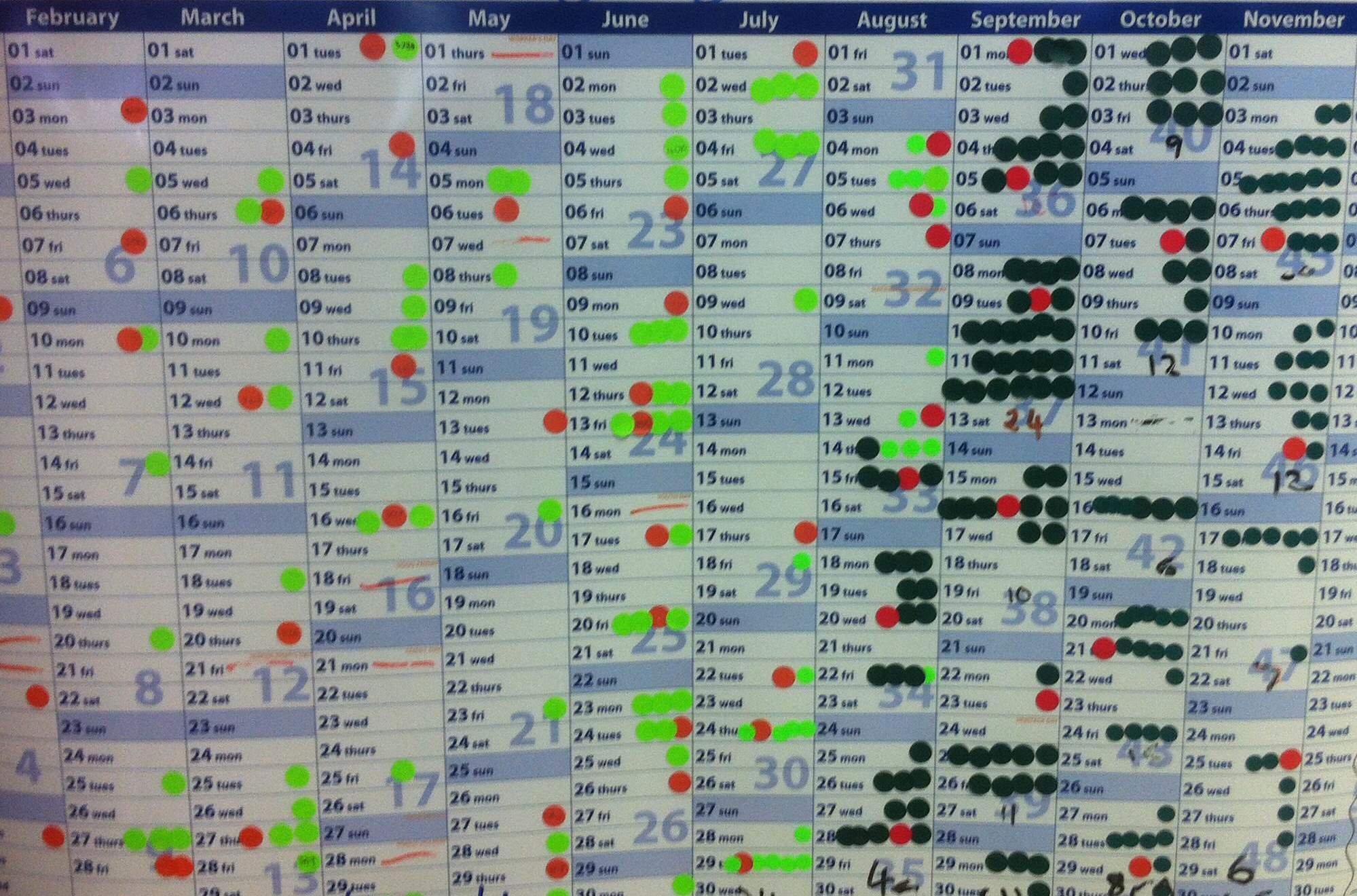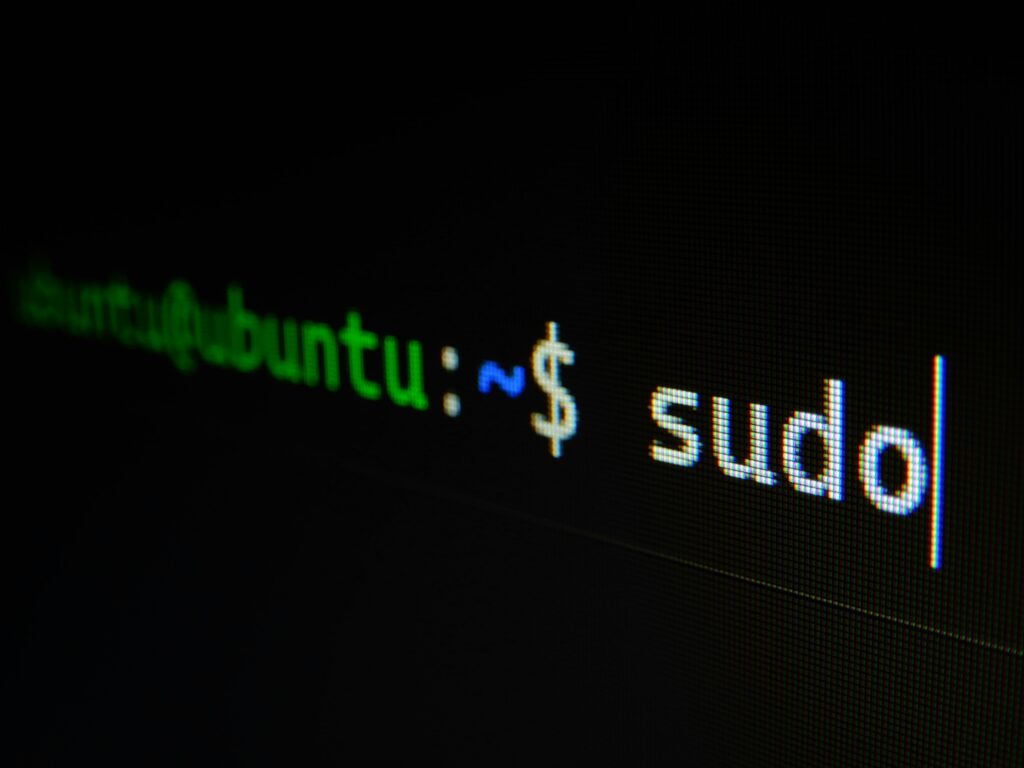Recently, as part of a business media feature, we reflected on the online tools and apps we use as a team that allow us to be more efficient in our daily work flow. At Nomanini we strongly believe in innovation and continuous improvement. Core to how we do things is the ability to consistently be agile in our processes.
Agile practices enable the ability to try out new ideas and explore opportunities quickly, without investing a lot of money up front. It is also iterative in nature, which means that companies have a better chance of giving their customers exactly what they want when they want it. And who doesn’t want to give their customers exactly what they want, at the lowest cost possible?
Agile practices require a high level of communication and collaboration between business units and as such, a major deciding factor in all workflow management tools we use is, will it provide greater visibility and enhance collaboration within our teams?
Wondering how we stay focused and on track, yet agile? Below are a few of our favourite tools and applications:
As a cloud-based Platform as a Service provider, Google for Work (or Google Enterprise) fits quite well with our ethos and is at the core of our internal operations, CRM and workflow management.
Google for Work includes Gmail, Google Docs, Google Calendar, Google Drive and Hangouts. With a customised company domain name and email addresses, we are able to create email groups with one company email address. For example, when a potential client sends a mail to our [email protected] address, our commercial team has visibility on incoming leads and different team members can take ownership depending on capacity and the role they play. This ensures that every inquiry is responded to timeously, is well-tracked and optimises the sales process.
Google Calendar, Google Docs and Google Drive allow all teams to have real-time visibility of each other’s schedules, and enables them to co-create work documents and consistently collaborate by seeing what has been updated as well as when and by whom.
We prefer Google Hangouts to Skype as we have found it is better quality for calls across Africa. From our Gmail accounts, we can instantly connect with a colleague or partner without having to open up another application, and also add video chat to a Google Calendar invite.
We use Trello as a virtual post-it note board to track big projects. Cards, color and stickers keep projects organized and defined and keeps everyone involved up to date on the progress of every project.
It provides transparency and assists our team with managing product development processes by tracking individual projects that are managed collaboratively. We have a central admin person responsible for monitoring and tracking, but everyone has admin rights and is responsible for updating. We download the stats on a monthly basis to review flow of stories created and to track the throughput per project. The fact that it’s cloud-based allows transparency for leadership to see progress and time stamps are great as it makes each team member conscious of their time spent on a project. Our goal is to achieve an 80% completion rate across projects because we realise that life happens. With the help of Trello, our teams can self-manage and produce results.
For work and play, this is a great app to use within the team. Telegram is a hybrid of Whatsapp and Skype: it has great group chat functionality, like Whatsapp, but offers cross-platform support across all devices like Skype, giving you the best of both worlds.
We use Telegram to minimise group email replies and to avoid anyone being bombarded with irrelevant info in their inbox. We get team-wide updates via the app from our Product Development and Commercial chat groups and have also created a social chat group with the staff, allowing anyone to share relevant articles to read or funny links to keep the team spirit going. Telegram allows team members travelling to send updates and photos to those back at head office or working from another region. It boosts the company morale and culture when we are able to share and connect instantly.
Bonus: the encryption and security of Telegram is more rigorous than Skype and WhatsApp.
We use YouCanBook.me, a booking and scheduling application, as part of our email signatures, allowing anyone to book a meeting with relevant team members.
What we love about this app is that it integrates with Gmail and updates our calendars in real-time. It shows people the availability of team members and allows them the flexibility to book a time that suits both parties, which cuts down the time it takes to schedule meetings.
It’s great for when executives are travelling and speaking at conferences because anyone can see available times in their local timezone and instantly book a time slot.
Finally, our recent favourite workflow management tool is Streak.
Streak is a Gmail extension and it’s fundamentally a CRM tool directly within your Gmail inbox, although it can be customised for other workflows outside of CRM activities.
Everything we do and communicate, in some way or another, flows via our emails and it can be a nightmare tracking an email linked to a very important project or a document attached in an email thread. Streak allows you to add specific emails received or sent, to relevant boxes that indicate at what stage you are in the process, and it automatically picks up attachments sent in an email thread. Team members can be assigned to various boxes and share pipelines with anyone, with different access right options. This creates visibility of your inbox without having to share a Gmail account. Because Streak is a Gmail extension, it integrates with your Google account and Google for Work apps, like Google Calendar, making it easy to track email correspondence and project workflow in the same place.
*Pitches are submitted by individual companies, and lightly edited by StartUp Beat for spelling and grammar. Any claims made, citations or errors otherwise are the sole responsibility of the author.












